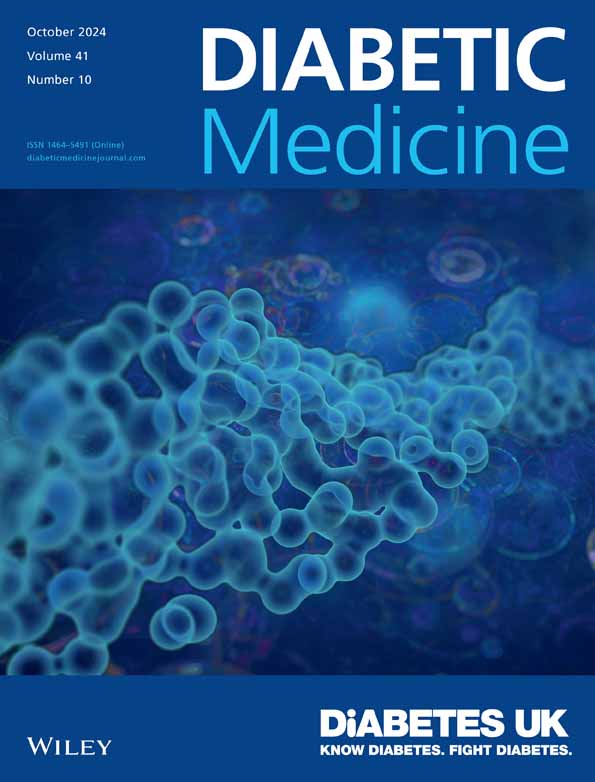Prescription distribution and inequities in diabetes care: A comparative analysis of continuous glucose monitoring access by diabetes status, ethnicity and socio-economic factors in England
Abstract
Background
Diabetes affects over 3.3 million people in England, creating a significant health and economic burden. Continuous glucose monitoring (CGM) improves diabetes management but remains unevenly accessible, especially among Black and minority groups who face onset at younger ages, higher diabetes rates and complications. Updated NICE guidelines promote CGM access for all people with T1D and certain people with T2D, yet data on prescribing patterns in England are limited. This study investigates CGM prescribing across integrated care boards (ICBs) and primary care networks (PCNs), focusing on ethnicity and deprivation, to identify and address access disparities.
Methods
Cross-sectional analysis of publicly available data examined CGM prescribing patterns across England's PCNs, focusing on ethnicity and socio-economic factors. Data from OpenPrescribing, the National Diabetes Audit and Public Health England were analysed through descriptive and inferential statistics, including regression and Intraclass Correlation Coefficient (ICC) calculations, to assess disparities in prescribing ratio per 1000 people.
Results
Significant disparities in CGM prescribing across PCNs and ICBs are identified, shaped by ethnicity, age and socio-economic factors. The mean items prescription ratio is 4.87 per 1000 people, ranging from 0.26 to 11.59. People with T1D are generally younger, with only 15.5% over 65, compared to 52.0% in T2D. White individuals represent 83.6% of T1D cases, while South Asians and Afro-Caribbeans are more prevalent in T2D (14.5% and 5.3%, respectively). ICBs with below-average CGM prescribing have a higher percentage of Afro-Caribbean and South Asian populations compared to ICBs with above-average prescribing. For T1D, Afro-Caribbean representation is 6.7 (SD:7.0) in lower-prescribing ICBs versus 2.1 (SD:2.8) in higher-prescribing ICBs, and for T2D, it is 8.4 (10.4) versus 1.8 (SD:3.4) South Asian representation in low-prescribing ICBs is 10.6 (SD:13.7) for T1D and 21.9 (SD:20.5) for T2D, compared to 3.2 (SD:4.9) for T1D and 6.5 (SD:9.7) for T2D in higher-prescribing ICBs. CGM prescribing variance attributed to ethnicity and deprivation is 46.6% in T1D and 77.3% in T2D, indicating considerable socio-demographic impact.
Conclusion
This study reveals significant ethnic disparities in CGM access, with Afro-Caribbean and South Asian groups facing a reduced prescribing ratio per 1000 people. Consistent NICE guideline adoption and targeted outreach are needed to improve equity in CGM access.


 求助内容:
求助内容: 应助结果提醒方式:
应助结果提醒方式:


